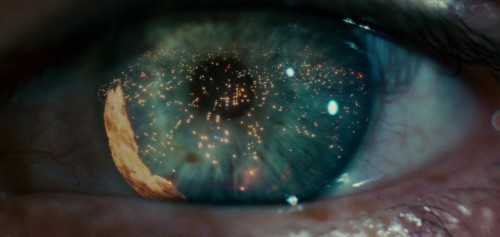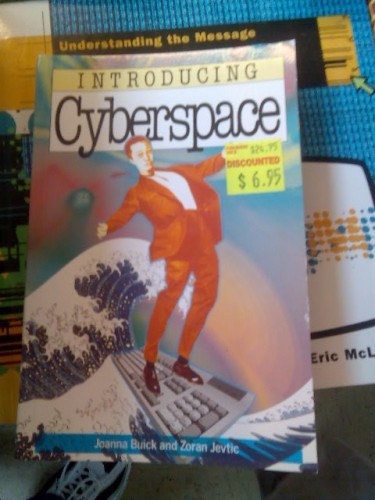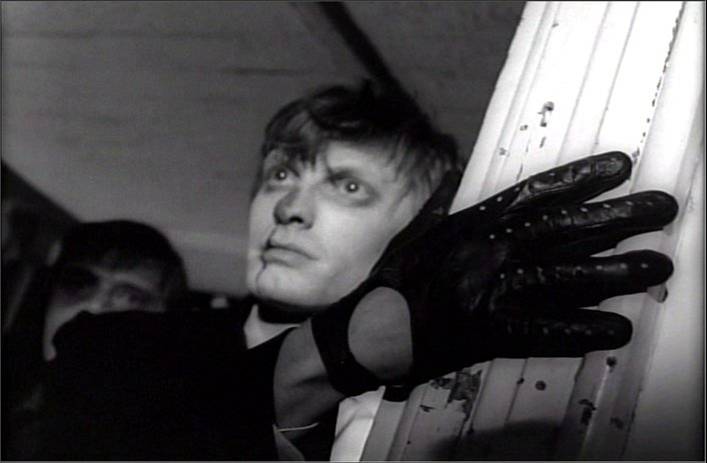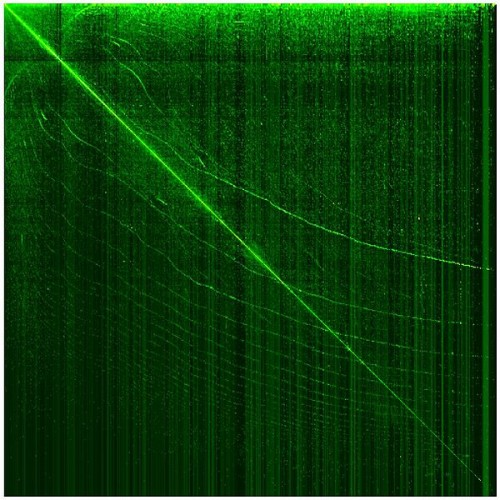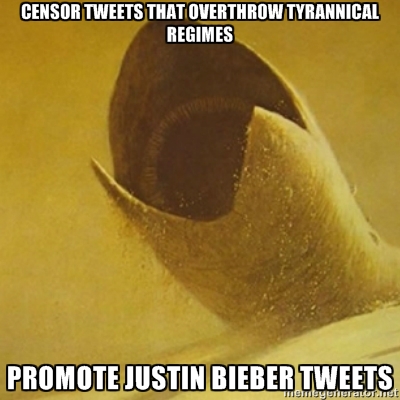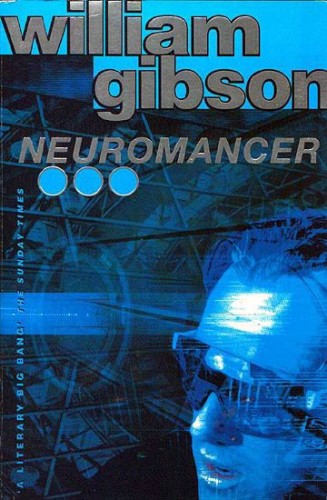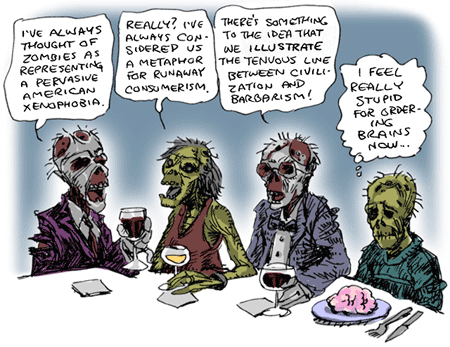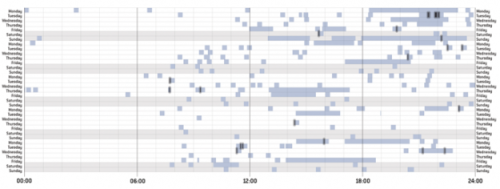Last week, I wrote a piece entitled “There is no Cyberspace,” where I argued the today’s World Wide Web bears little resemblance to the thing that cyberpunk authors like William Gibson imagined as cyberspace. I explained that Gibson defined cyberspace as a “consensual hallucination” and proceeded to argue that the Web was neither consensual nor hallucinatory. I noted that even Gibson himself acknowledges that the cyberspace concept is outmoded—that, rather than being sucked into the world behind the screen, computers have “everted,” overlaying the physical with the digital. I concluded that the term “cyberspace” confounds our ability to makes sense of a social Web that has very real consequences in our lives because it evokes images of fantastical space apart from reality that we can enter and exit at our leisure. The piece received thorough feedback and critique in posts by Mike Bulajewski (on his Mr. Teacup blog) and Jeremy Antley (on his Peasant Muse blog), which has encouraged me to further develop my argument.
My claim that the “cyberspace” misleadingly evokes elements of fantasy left room for possible confusion insofar as I failed to define what I meant by fantasy. Bulajewski, for example, attempted to invert my argument, making a sort of post-Modern claim that “there is only cyberspace” because both our individual psyches (à la Sigmund Freud) and our collective consciousness (à la Emile Durkheim) mediate and interpret experience through the lens of our history, memory, traumas, etc. As Immanuel Kant (and his sociological successor Georg Simmel) explained long ago, there is no access to “real,” unmediated experience—all subjective input is filtered through the pre-existing structures of our consciousness. Bulajewski wants to call all experience “fantasy” because it is historically and culturally relative. Perhaps this is an important distinction in an arcane philosophical context, but I’m rather more concerned with what people actually mean when they say “real” in the context of the Web, as in: “real” life vs. cyberspace. more...

